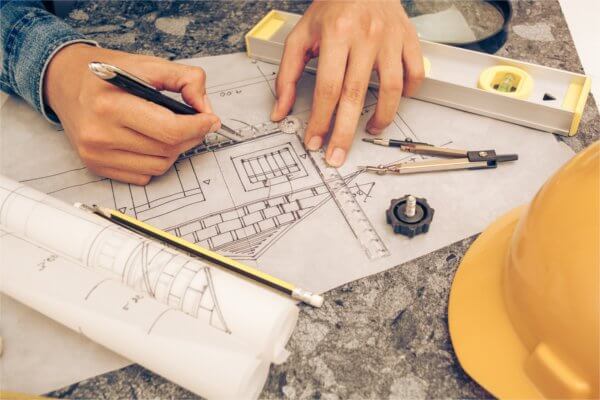Connecticut law holds architects to certain professional performance standards. When they do not live up to their legal performance obligations, negligent architects and design professionals can be financially liable for damage that they have caused.

At StangerLaw LLC, we fight for the legal rights and financial interests of home and business owners in Connecticut. We have the skills and experience needed to hold negligent design professionals accountable.
Examples of Architectural Malpractice
Architectural malpractice can come in many different forms, and can lead to a wide variety of damages. At StangerLaw LLC, we handle both residential and commercial architectural malpractice. In some cases, the damage will be purely financial. In some cases, physical injuries can occur as a direct result of the architect’s negligence. Common examples of architect malpractice include:
- Building collapses
- The failure to design a safe structure
- Incorrect evaluation claims
- Breach of contract, including failure to perform on time
- Inadequate supervision by the architect
- Use of fault surveys and design plans
- Failure to review and assess building progress reports
- Violating city, state or federal building codes and requirements
- Delay of project
- Specifying the wrong materials
- Failure to comply with governmental standards such as setback and building code
- Inefficiencies
Proving Liability in an Architect Malpractice Case
Architectural malpractice claims are notoriously complex. To hold a design professional liable for your damages, you need to be able to prove three things:
- The architect was negligent;
- The architect’s negligence contributed to your damages; and
- You suffered real financial loss as a result of the architect’s improper actions.
If an architect fails to live up to this professional standard of care, then they are negligent and can be held liable for any damages.
How Long Do You Have to Bring an Architectural Malpractice Claim?
There are strict time limits for bringing malpractice lawsuits against architects and engineers. Under Section 52-584a of Connecticut’s general statutes, an architectural malpractice victim must bring a legal claim within seven years of the “substantial completion” of the project, or the improvement. To be clear, this means that you must initiate your claim within seven years, not that it needs to be resolved. If you fail to act within this time frame, your claim will likely be time barred under the law.
Contact Our Connecticut Architectural Malpractice Lawyers Today
At StangerLaw LLC, our dedicated Hartford malpractice attorneys have extensive experience handling both commercial and residential Connecticut architectural malpractice claims. If you suffered financial losses due to the negligence of an architect, we can help. Please do not hesitate to contact our West Hartford office today at (860) 956-3161 for a consultation.